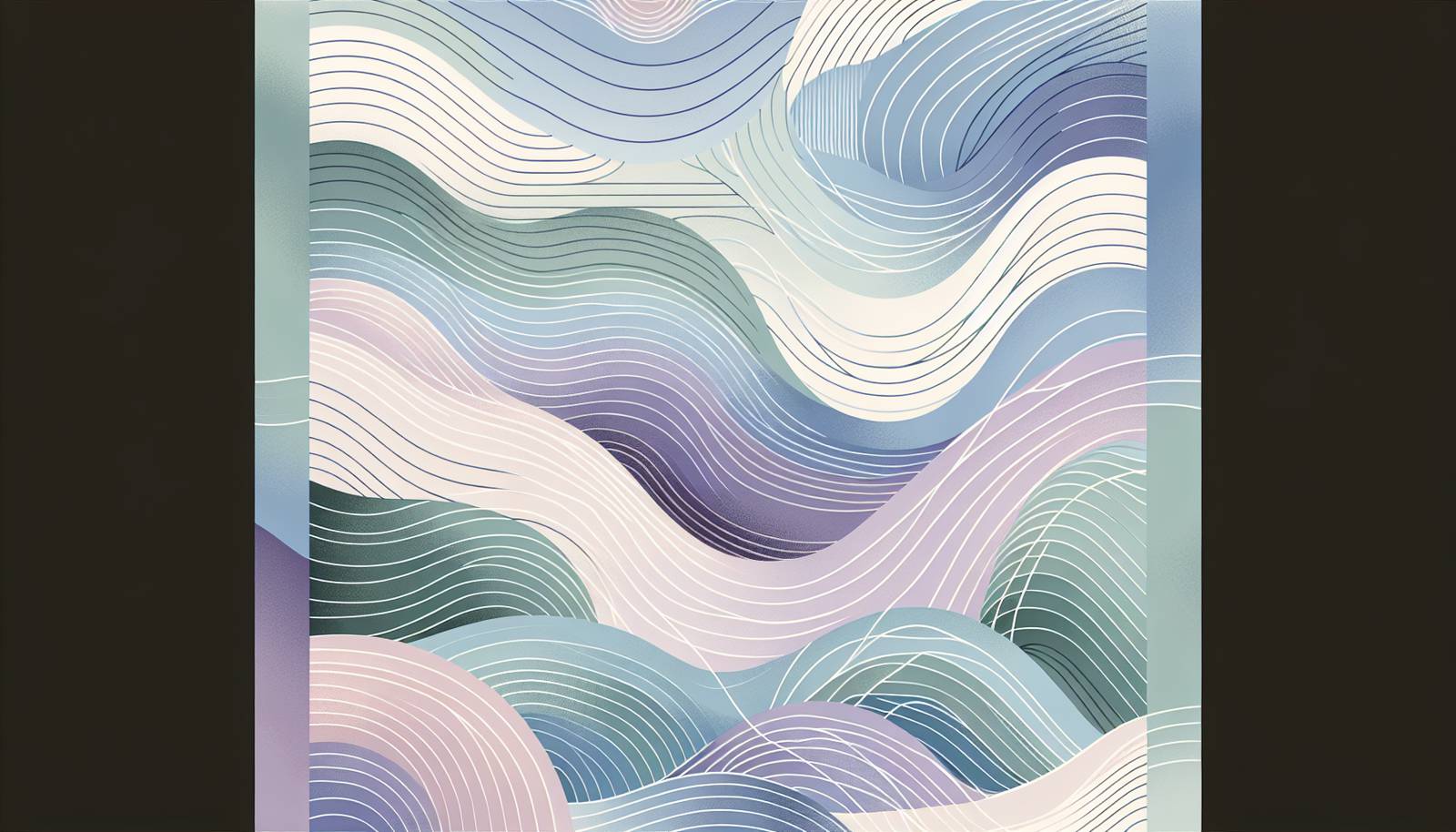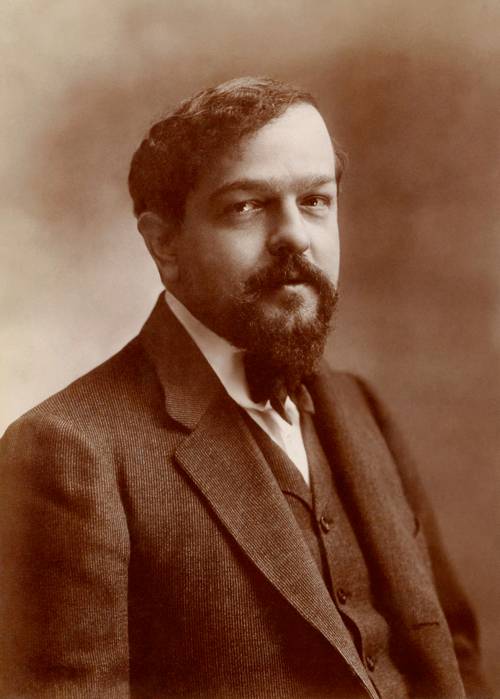
FAQ About The Influence of Impressionist Music on Modern Soundtracks

What is Impressionist music?
Impressionist music is a style that emerged in the late 19th and early 20th centuries, characterized by its emphasis on mood, atmosphere, and timbral colors rather than the traditional structures and forms of earlier music. It often uses extended harmonies, ambiguous tonalities, and unique scales like the whole tone scale. The movement is closely associated with composers such as Claude Debussy and Maurice Ravel.

How has Impressionist music influenced modern film soundtracks?
Impressionist music has significantly influenced modern film soundtracks by contributing to the development of a language that prioritizes mood, color, and atmosphere. Composers for film often employ the harmonic complexity and innovative use of instrumentation derived from Impressionism to evoke specific emotions and enhance narrative depth. This approach allows for a more immersive storytelling experience in films.

Can you give examples of film soundtracks influenced by Impressionist music?
Certainly! Film soundtracks that draw inspiration from Impressionist music include the works of composers like John Williams and Hans Zimmer. For instance, Williams' use of lush strings and harmonic textures in movies like "Harry Potter" echoes the Impressionist style. Similarly, Zimmer utilizes expansive and atmospheric soundscapes in films like "Inception," which reflect Impressionist influences in their use of harmony and texture.

Why is Impressionist music effective in creating emotional depth in soundtracks?
Impressionist music effectively creates emotional depth by focusing on the subtle expression of emotions through innovative harmonies and textures. This style allows composers to convey complex psychological states and nuanced shifts in mood, which enhances the emotional impact of the film. Its use helps to build immersive environments that draw audiences more deeply into the story.

What elements of Impressionist music are commonly used in modern soundtracks?
Common elements of Impressionist music found in modern soundtracks include the use of non-traditional scales, such as the whole tone and pentatonic scales, and intricate harmonic progressions. Additionally, soundtracks often reflect the Impressionist emphasis on timbre and atmospheric effects, employing techniques like sustained notes, orchestral colors, and textures to influence the mood and atmosphere of a scene.

What role did composers like Claude Debussy and Maurice Ravel play in Impressionist music?
Claude Debussy and Maurice Ravel are pivotal figures in the development of Impressionist music. Debussy introduced innovations such as the use of the whole tone scale and a focus on tone color and atmosphere over rigid formal structures. Ravel expanded on these ideas, known for his masterful orchestration and incorporation of exotic scales and rhythms. Their contributions have greatly influenced the way music is used to convey emotion and imagery, impacting not only classical compositions but also modern soundscapes.

How did Impressionist music change the approach to musical storytelling?
Impressionist music shifted the approach to musical storytelling by placing greater emphasis on atmosphere and emotional flow rather than strict narrative forms. This allowed composers to create music that directly reflects the feelings and visuals of a scene, enabling storytelling through tone and mood rather than linear musical structures. This approach has been pivotal in developing the expressive capabilities of soundtracks in conveying complex narratives.

Are there specific techniques in Impressionist music that are commonly used in modern soundtracks?
Yes, modern soundtracks often borrow specific techniques from Impressionist music, such as the use of extended harmonies (e.g., ninth, eleventh, and thirteenth chords) and modal scales. Other techniques include the use of unresolved dissonances, evoking a sense of ambiguity and tension, and innovative instrumentation that emphasizes timbral effects. These techniques enhance the expressiveness and emotional complexity of soundtracks.

Why is the use of non-traditional scales in impressionist music important for soundtracks?
The use of non-traditional scales, such as the whole tone and pentatonic scales, is important for soundtracks because they create unique sonic landscapes that can evoke specific emotions and atmospheres. These scales often avoid the resolution typical in traditional Western tonality, which can maintain a sense of suspense or otherworldliness, perfectly suiting a film's narrative need for certain emotional tones and storytelling elements.

How can the subtleties of Impressionist music enhance a film scene?
Impressionist music enhances a film scene by using subtle musical elements to support or contrast the emotional content and visual atmosphere. Techniques such as nuanced dynamics, orchestral coloring, and expressive harmonies can reflect a scene's underlying emotions or subtext, providing a richer and more immersive viewing experience. This subtlety can underscore key moments without overpowering the visual narrative.

Is Impressionist music more suited to certain genres of film?
Impressionist music, with its focus on mood and atmosphere, tends to suit genres that benefit from strong emotional and visual components. Fantasy, mystery, drama, and romance films often use Impressionist-inspired soundtracks to enhance their storytelling by creating rich, emotive soundscapes. The adaptability of Impressionist techniques makes them valuable in any genre requiring depth and nuance in its narrative framework.

How did Impressionist composers influence today's soundtrack composers?
Impressionist composers influence today's soundtrack composers by providing a foundation of techniques that prioritize emotional expression and atmosphere. The innovative use of harmony, orchestration, and non-linear structures demonstrated by Impressionists allows modern composers to craft engaging and emotionally compelling soundtracks. These techniques offer flexibility in accentuating visual storytelling and creating memorable cinematic experiences.

What is the significance of orchestration in Impressionist music for modern soundtracks?
Orchestration is highly significant in Impressionist music, as it focuses on color and texture to shape the music's emotional impact. This importance carries into modern soundtracks, where orchestration is used to create specific moods, distinguish themes, and support the narrative structure. The emphasis on individual instrument timbres and innovative combinations keeps the music dynamic and emotionally resonant.

How do modern composers incorporate the perception of light and color in Impressionist music into their work?
Modern composers incorporate the perception of light and color found in Impressionist music by using similar techniques that manipulate timbre and harmony to evoke vivid imagery and emotional states. They may use orchestration to produce shimmering and ethereal sounds, apply particular chord structures to suggest color changes, or employ dynamic shifts to reflect light perception, enhancing the script's visual elements musically.

Can Impressionist music techniques be used in non-narrative film formats?
Yes, techniques from Impressionist music can be successfully applied to non-narrative film formats such as documentaries or experimental films. These techniques contribute to setting the mood and creating auditory spaces that resonate with the film's overarching themes. By employing atmospheric sounds and textures, filmmakers can guide the audience's emotional response and engagement with the subject matter, even in the absence of a traditional storyline.

What are whole tone scales, and how are they used in modern soundtracks?
Whole tone scales are scales that consist entirely of whole step intervals, resulting in a lack of tonal center and a floating or dreamy quality. In modern soundtracks, they're used to evoke a sense of mystery, ambiguity, or surrealism. This fits well in scenes requiring an ethereal or otherworldly feel, providing a musical counterpart to the visual mise-en-scène's atmosphere.

What are some misconceptions about Impressionist music's role in soundtracks?
One common misconception is that Impressionist music's presence in soundtracks merely serves to make scenes "beautiful" or "fancy." In reality, its role is far more sophisticated, enhancing narrative depth through emotional and atmospheric nuances. Another misconception is that it's too outdated to be effective; in truth, its timeless techniques remain foundational in creating nuanced and impactful modern scores.

How do soundtrack composers balance Impressionist influences with other music styles?
Soundtrack composers balance Impressionist influences with other music styles by integrating its emotional depth and textural complexity with the rhythmic drive and structure of other genres, such as minimalism or electronic music. This fusion allows composers to maintain a unique sound palette while adapting to the diverse demands of a film's narrative scope, effectively supporting both character-driven dramas and high-intensity action scenes.

Can modern technologies enhance the impressionistic techniques in soundtracks?
Modern technologies greatly enhance impressionistic techniques in soundtracks by offering advanced tools for sound design and synthesis. Digital audio workstations (DAWs) and virtual instruments enable composers to experiment with complex textures and layered sounds, blending traditional orchestration with digital effects to achieve new dimensions of mood and expressiveness. These capabilities extend the reach and impact of Impressionist-inspired music in contemporary cinema.

Why is an understanding of Impressionist music important for aspiring soundtrack composers?
An understanding of Impressionist music is important for aspiring soundtrack composers because it provides a rich vocabulary for emotional expression and atmospheric development. Familiarity with its techniques enables composers to create evocative scores that support and enhance storytelling. Furthermore, mastering these concepts offers a nuanced approach to manipulating audience perception and emotional response, key skills for effective film scoring.
